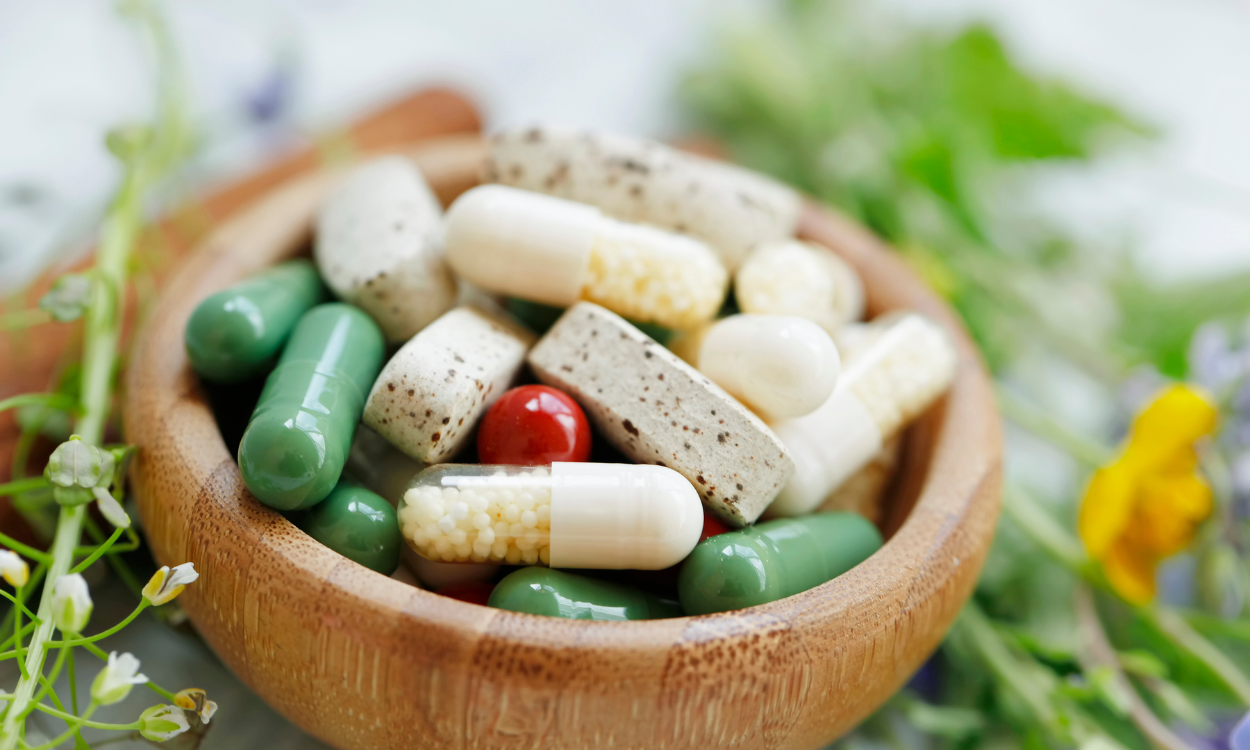Saccharomyces cerevisiae single cell protein, also known as yeast protein, is a versatile and valuable source of nutrition. Produced from the fermentation of the yeast species Saccharomyces cerevisiae, this single cell protein offers numerous benefits in terms of its high protein content, essential amino acid profile, and various bioactive compounds. Widely used in food and feed industries, Saccharomyces cerevisiae has gained attention due to its sustainable production methods and potential to address global protein shortages. With its unique nutritional composition and wide range of applications, this yeast protein holds promising prospects for future food and nutritional advancements.

What are the potential applications of Saccharomyces cerevisiae?
Saccharomyces cerevisiae (SCP) has several potential applications. Firstly, SCP can be used as a high-quality protein source in animal feed, reducing reliance on traditional protein sources such as fishmeal and soybean meal. This can contribute to sustainable and efficient livestock production. Additionally, SCP can be utilized in the production of functional foods and food ingredients, offering enhanced nutritional value and improved taste profiles. Furthermore, SCP has the potential to be used in the production of pharmaceuticals, enzymes, and biofuels, leveraging its ability to efficiently convert sugars into valuable products. Overall, the versatility and nutritional benefits of Saccharomyces cerevisiae make it a promising candidate for various industrial applications.

How does the production of Saccharomyces cerevisiae single cell protein compare to other sources of protein?
The production of Saccharomyces cerevisiae (SCP) offers several advantages compared to other sources of protein. SCP can be produced from various inexpensive and plentiful feedstocks, such as agricultural residues or industrial by-products, reducing the reliance on traditional protein sources like animal-based proteins. The production process is relatively simple and can be carried out in a controlled environment using fermentation techniques. Additionally, SCP has a high nutritional value, containing essential amino acids, vitamins, and minerals. It also has a low fat content and can be easily digestible. Overall, the production of SCP provides a sustainable and efficient alternative for protein production while utilizing waste materials and offering a nutritious option for various applications including animal feed and food industries.
Are there any safety concerns or risks associated with consuming Saccharomyces cerevisiae?
Saccharomyces cerevisiae, also known as baker's yeast, is generally considered safe for consumption and has a long history of use in the food industry. It is recognized as a Generally Recognized as Safe (GRAS) ingredient by the U.S. Food and Drug Administration (FDA). However, individuals with specific allergies or sensitivities to yeast may experience adverse reactions. Additionally, in rare cases, excessive consumption of Saccharomyces cerevisiae may lead to bloating, gas, or digestive discomfort. Overall, while it is generally safe, it is always important for individuals with specific dietary concerns or health conditions to consult with their healthcare provider before consuming any new food product.
How does the nutritional profile of Saccharomyces cerevisiae compare to traditional protein sources?
Saccharomyces cerevisiae, also known as yeast protein, has a distinct nutritional profile compared to traditional protein sources. It is rich in essential amino acids, vitamins, and minerals, making it a high-quality protein option. However, compared to animal-based protein sources, such as meat and dairy, it may have lower levels of certain nutrients like iron and vitamin B12. Additionally, the digestibility of yeast protein might be slightly lower than that of traditional protein sources. Nevertheless, Saccharomyces cerevisiae remains a valuable alternative protein source due to its sustainable production process and overall nutritional composition.
What are the environmental impacts of producing Saccharomyces cerevisiae?

The production of Saccharomyces cerevisiae (SCP) can have both positive and negative environmental impacts. On the positive side, SCP is a sustainable alternative to traditional animal feed, reducing the need for land, water, and energy resources required for livestock farming. It also has a lower carbon footprint compared to conventional protein sources. However, the production process of SCP requires the use of agricultural waste or by-products, which may contribute to deforestation or increase demand for certain crops. Additionally, the fermentation process can generate wastewater and release greenhouse gases, although these emissions are generally lower compared to other protein production methods. Overall, while SCP offers environmental benefits compared to conventional protein sources, careful management of raw materials and waste disposal is crucial to mitigate potential negative impacts.

Can Saccharomyces cerevisiae be used as a sustainable alternative to animal-based protein sources?
Saccharomyces cerevisiae, a type of yeast, can be used to produce single cell protein (SCP), which has the potential to serve as a sustainable alternative to animal-based protein sources. SCP production involves fermenting the yeast in nutrient-rich substrates, such as waste streams from agriculture or industry, resulting in a high protein biomass. This method offers several advantages, including the ability to use non-arable land, low water requirements, and reduced greenhouse gas emissions compared to traditional livestock farming. Furthermore, SCP can be tailored for specific nutritional needs and does not involve ethical concerns associated with animal agriculture. However, further research is needed to optimize SCP production processes, address scalability challenges, and ensure its acceptance in the food industry and by consumers.
Are there any regulatory hurdles or limitations for the production and commercialization of Saccharomyces cerevisiae?
There may be regulatory hurdles and limitations for the production and commercialization of Saccharomyces cerevisiae (SCP) due to various factors. These could include legal requirements related to food safety, labeling, and marketing claims. Additionally, regulations pertaining to genetic modification or biotechnology could apply if certain strains of S. cerevisiae are used in SCP production. Furthermore, specific jurisdictions may have distinct regulations or restrictions on using SCP as a food ingredient or animal feed. It is important for producers and commercializers of SCP to thoroughly understand and comply with these regulations to ensure successful and compliant production and commercialization processes.

What research is currently being conducted to further improve the production and utilization of Saccharomyces cerevisiae?

Currently, several research studies are being conducted to enhance the production and utilization of Saccharomyces cerevisiae (SCP). One area of focus is on improving the fermentation process by optimizing various parameters such as pH, temperature, oxygen supply, and nutrient composition. This includes investigating different carbon sources, nitrogen sources, and trace elements that can maximize SCP yield. Additionally, genetic engineering techniques are being explored to modify S. cerevisiae strains for higher biomass production, enhanced nutrient uptake, and increased resistance to environmental stresses. Other areas of research include developing cost-effective and sustainable growth media, evaluating downstream processing techniques for efficient extraction and purification of SCP, and exploring novel applications of SCP in various industries including animal feed, food production, and bioplastics.
The Potential of Saccharomyces cerevisiae as a Sustainable Food Source
In conclusion, Saccharomyces cerevisiae is a highly valuable and versatile resource in various industries. Its high protein content, nutritional value, and ease of cultivation make it an excellent alternative to traditional protein sources. This microorganism offers great potential as a sustainable solution for feeding the growing global population while also addressing environmental concerns. With ongoing research and advancements in biotechnology, Saccharomyces cerevisiae has the potential to revolutionize food production, feed additives, and biofuel industries, contributing to a more sustainable and prosperous future.
